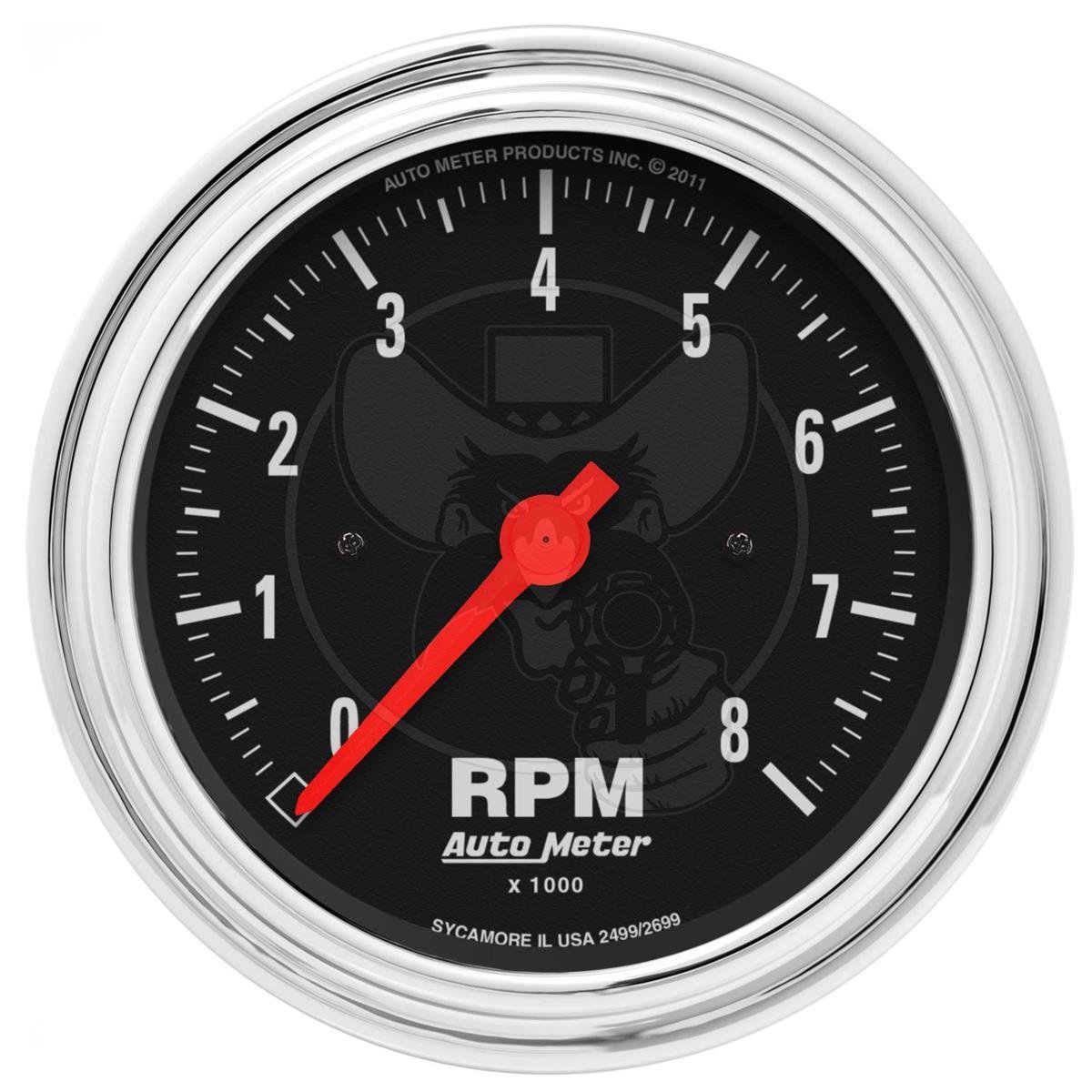Tachometer Basics: Everything You Need to Know for Accurate Readings
The Value of a Tachometer in Monitoring Engine Speed and Performance in Automotive Applications
In the world of auto design, the tachometer stands as a pivotal instrument in the motorist's toolbox, giving a straight window into the inner workings of a lorry's engine. Beyond its feature as a plain gauge of changes per min (RPM), the tachometer functions as a vital tool for lovers and experts alike, supplying real-time understandings right into engine efficiency and health and wellness. Comprehending the relevance of this tool surpasses surface-level monitorings, diving into the intricate relationship between engine rate, power result, and total driving experience. As we discover the complex function of the tachometer in automobile applications, a deeper gratitude for its effect on lorry characteristics and performance starts to emerge.
Relevance of Keeping An Eye On Engine RPM
Keeping track of engine RPM, or revolutions per min, is a vital aspect of vehicle maintenance and efficiency evaluation. Engine RPM straight correlates with the rate at which the engine's crankshaft turns, indicating exactly how rapidly the engine is running - tachometer. By keeping track of RPM, mechanics can examine the wellness of the engine, discover potential problems, and fine-tune performance. An irregular RPM reading may indicate issues such as engine misfires, faulty trigger plugs, or problems with the gas shipment system. Regularly high RPM analyses might show aggressive driving behaviors or the need for a higher equipment change to improve gas efficiency.
Moreover, checking engine RPM is essential for performance assessment in racing and high-performance automobiles. In recap, monitoring engine RPM is not only vital for discovering problems yet additionally for optimizing engine efficiency in different vehicle applications.

Advantages of Real-Time Information
In vehicle applications, real-time data plays an essential role in supplying instantaneous understandings right into the performance and condition of the automobile. By constantly keeping track of numerous criteria such as engine rate, temperature level, gas usage, and much more, real-time information uses many benefits that contribute to enhanced performance and safety and security when traveling.
One considerable benefit of real-time data is its capability to alert chauffeurs and specialists to any anomalies or concerns immediately. This aggressive technique enables quick identification of potential troubles, permitting timely interventions to stop further damage or failures. In addition, real-time information helps with efficiency optimization by offering prompt comments on driving habits and engine performance. Chauffeurs can adjust their actions in real-time based upon this info to attain far better fuel economic situation and prolong the lifespan of their automobile.

In addition, real-time data plays a crucial role in contemporary auto diagnostics, enabling service technicians to swiftly detect and address malfunctions. This causes reduced downtime, lower upkeep prices, and ultimately, improved general lorry integrity and longevity (tachometer). By utilizing the power of real-time data, automobile stakeholders can make educated choices that favorably influence both the performance and durability of the automobile
Effect On Equipment Shifts
The tachometer plays a critical role in enhancing gear changes by offering real-time engine rate data to the chauffeur. When coming close to the redline on the tachometer, it indicates the motorist to upshift to stop over-revving the engine and triggering prospective damages.
Additionally, the tachometer aids in achieving smoother equipment transitions, particularly in hands-on transmissions. By keeping track of engine rate, drivers can carry out gear changes at the optimal RPM range, lowering snagging activities and decreasing endure the transmission parts. This accuracy in gear adjustments not navigate to this website only improves driving convenience yet also adds to fuel performance.
Enhancing Gas Efficiency
Provided the essential function the tachometer plays in enhancing gear shifts for performance and engine wellness, it straight contributes to optimizing fuel effectiveness in automobile applications. By supplying real-time comments on engine rate, the tachometer aids vehicle drivers in maintaining the most efficient RPM array for fuel economic situation. When chauffeurs regularly check the tachometer and readjust their motoring practices as necessary, they can stay clear of unnecessary gas consumption caused by over-revving or carrying the engine.
Moreover, the tachometer assists vehicle drivers recognize one of the most fuel-efficient equipment to be in at any provided minute, avoiding the engine from working harder than essential. This is especially critical during acceleration and travelling, where remaining in the appropriate equipment can substantially affect fuel effectiveness. Furthermore, the tachometer can signal vehicle drivers to possible mechanical issues that might be negatively affecting fuel economic climate, such as a sliding clutch or a clogged up air filter. To conclude, the tachometer works as a useful device in boosting fuel performance by promoting ideal driving habits and recognizing locations for renovation in the lorry's performance.

Making The Most Of Engine Long Life
The tachometer's role in keeping track of engine speed and performance is instrumental in ensuring the longevity of vehicle engines. By making use of the tachometer properly, motorists can enhance engine long life through mindful RPM monitoring. Constantly revving an engine expensive can result in extreme wear and tear on vital elements, such as the pistons, shutoffs, and bearings. Over time, this can lead to reduced engine performance and potential breakdowns. Checking the tachometer permits chauffeurs to stay within the suggested RPM click now array for their lorry, preventing unneeded stress on the engine and extending its life-span.

Verdict
Finally, the tachometer plays an essential duty in keeping an eye on engine speed and efficiency in automobile applications. By providing real-time information on RPM, it enables reliable gear changes, enhanced gas efficiency, and maximized engine durability. This tool is essential for keeping optimal engine performance and making certain the overall capability of an automobile.